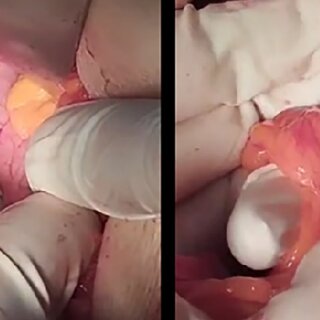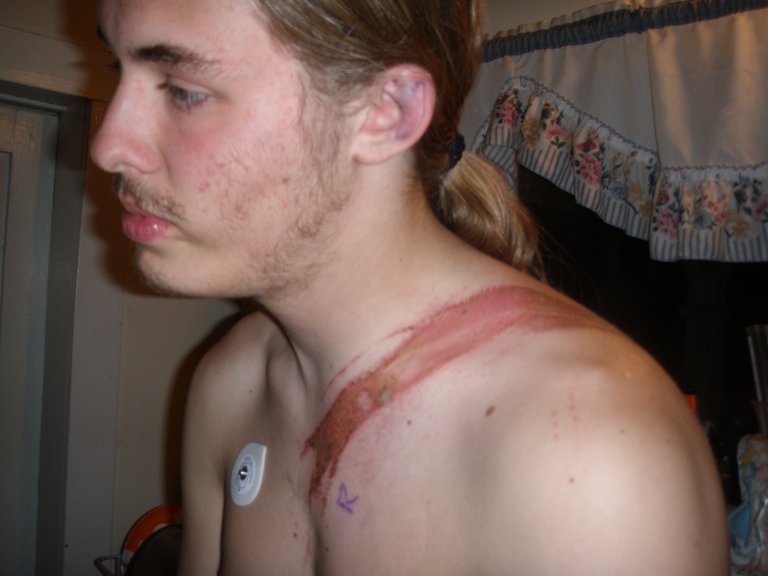Abdominal Ecchymosis Associated With Wearing Seat Belt
It is holiday period and everyone is traveling from one place to another to enjoy the holiday with families and friends. It is important that if you are going by air, you use be belt on the plane, if you are traveling by water, you wear a life-jacket, and if you are traveling by road, you use the seat belt in the car. It is better to take your risk with these safety measures than to lose your life in an accident. Seat belts are great and their complications can be better than losing your life.
There was nothing like Seat belt until 1885 when it was invented but it wasn't until 1968 that it became mandatory to use seat belts in cars. We have since then seen that the fatalities in car accidents have reduced tremendously since then and this is because seat belts counteract with the inertia of the person in the car when there is an abrupt stop or a rapid deceleration and this helps to restrain the forward motion of the passenger.
When we use seat belt, our kinetic energy is distributed across the chest, shoulders, the abdomen, and pelvis so when there is an accident, the belt inflicts serious compression on the tissues and organs with respect to the speed of the car. With its great importance, passengers can still experience a few complications such as significant damage to the abdomen. The abdomen is usually the culprit because unlike the chest, it does not have a protective structure like the ribs and cartilages.
In so many case of surgical operations after an accident or in cases of autopsies after a death from a car accident with people using seat belts, it has shown that internal organs in the abdomen are bruised and some are ruptured. While the time of exerting force on a person can be less than 1 seconds, exerting almost 5000 lbs of force in some cases can lead to serious damages.
After an accident with a person putting on seat belts, a bruising pattern known as Abdominal Ecchymosis usually appear on the chest and abdominal region and it is known as the seat belt sign. This appear as bruises where the belt compress the skin when trying to safe the person. Research has shown that 42% of people with seat belt Ecchymosis suffer intra-abdominal injury. This was from a nine observational study involving 3050 patients.

https://www.researchgate.net
In abdominal seat belt injuries, some organs are mainly affected such as the intestine and solid organs located in and around the abdomen such as the kidneys, and liver. The intestine occupy about 60% of the abdomen, so they are injured more and since the belt goes horizontally across the middle and lower abdomen, they usually affect where the intestine is located. This injuries can be perforations or holes as a result of the location of the belt. Organs like the liver is less injured even though it is large, it seat at the upper right quadrant of the abdomen.
The mesentary which holds the intestine and surrounds, as well as put in place a pathway for blood vessels to supply blood can also be injured. Because this membrane is light, it is often torn as a result of compression. To treat abdominal injuries associated with the intestine, surgeons have to perform a laparotomy where an incision is made in the abdomen, then the intestines are pulled out so as to identify where the injury is located after which it is repaired.
Once a repair is done to the intestine, patients usually recover and continue with their life activity. If you are traveling this holiday period, remember to wear your seat belt right. Across the middle of the collar bone, over the rib cage and across the pelvis. Wearing it the wrong way can lead to increased chances of damage to organs. As you try to adhere safe practice, ensure to do it the right way.

Thanks for your contribution to the STEMsocial community. Feel free to join us on discord to get to know the rest of us!
Please consider delegating to the @stemsocial account (85% of the curation rewards are returned).
Thanks for including @stemsocial as a beneficiary, which gives you stronger support.